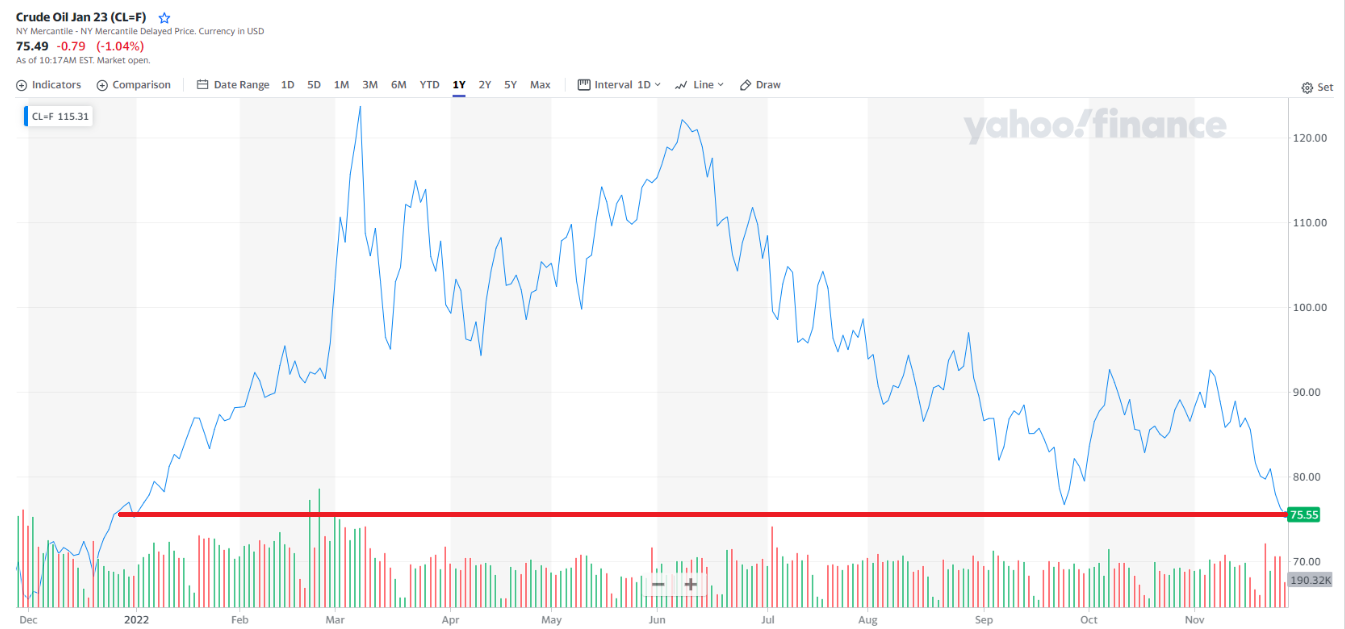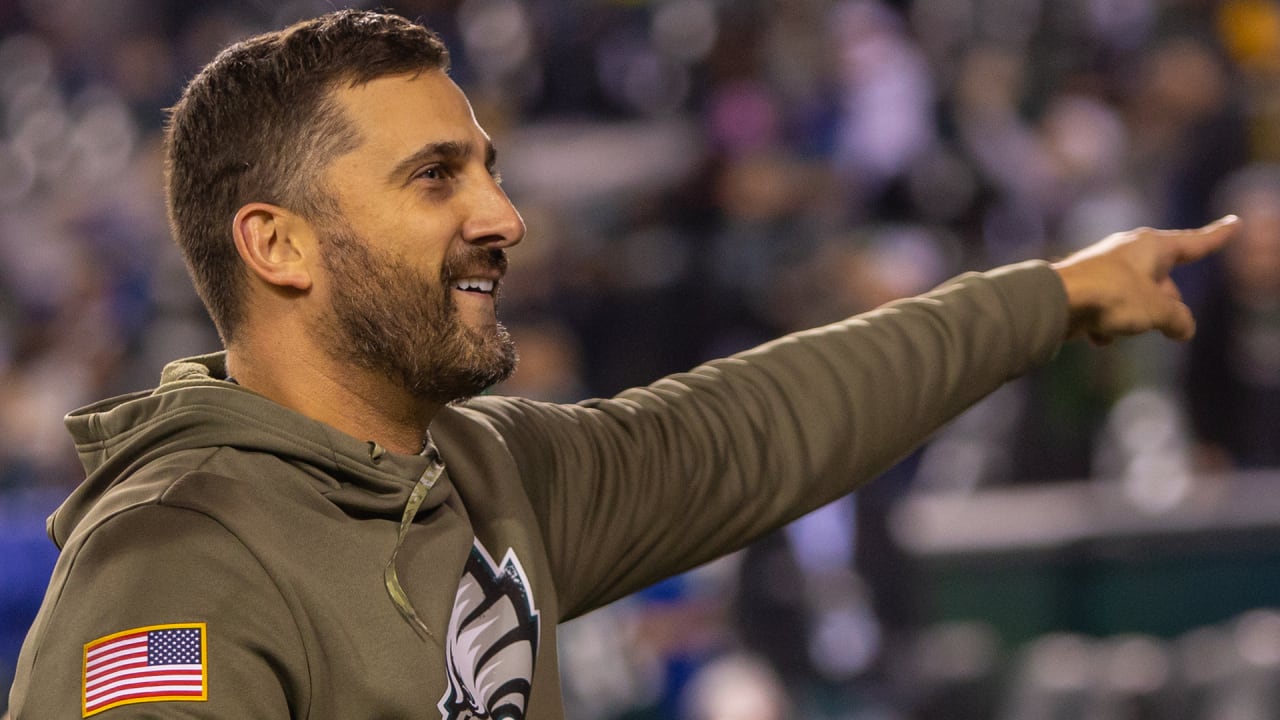hard.indah.link
Locally owned and operated community hospitals these days often face an impossible dilemma: Should they allow a larger hospital system to take over their operations, which can mean cuts to staff and services — or close entirely?
These hospitals are an essential lifeline for health care, often the only place where patients can receive hospital-level care without having to travel hours away from their homes. They are part of the fabric of the community, providing not only medical services but also good-paying jobs and other secondary benefits.
But the US health care system puts small, locally controlled hospitals at a disadvantage. Revenue is based almost entirely on the volume of medical services a hospital provides and, by their very nature, hospitals serving rural or otherwise remote communities do not see as many patients. That has put many of them in poor financial condition. Over the last 10 years, more than 130 rural hospitals have closed; hundreds more are projected to be in danger of closing soon. The pandemic took a toll on hospital finances, too, simultaneously making more small hospitals vulnerable to closure while also leading larger systems to look at potential acquisitions more skeptically.
Facilities seeking to avert the devastating effects of a full closure are left with limited options for keeping the doors open. A takeover is sometimes the only viable avenue. But that comes at a cost, as two recent episodes illustrate.
First, the deal can fall through. The Greenwood Leflore Hospital had for months been exploring a potential merger with the University of Mississippi Medical Center once local leaders decided the hospital, owned jointly by the city and county government, could no longer stay open on its own. As Mississippi Today reported earlier this month, the current owners agreed to put up $9 million to cover outstanding debts and deferred maintenance in order to make the deal more appetizing, but it still wasn’t enough to convince UMMC to take over the facility. Their options now are to find another buyer or close.
But even if a deal goes through, the pain can still come later. The community hospital in Sharon, Connecticut, was first acquired by a larger system in 2017 and then its ownership changed again in 2019 after the merger of two corporate entities. One of the conditions for state regulators approving the sale was that the new owners, Nuvance Health, agreed to maintain maternity care services. But within two years, the company seemed prepared to break that deal. Labor and delivery services could soon end. A community coalition is now fighting to prevent the loss of critical health care in their area.
The same stories have played out across the country. The Sharon hospital has been living through the same story as nearby Windham Community Hospital, almost beat for beat, just with a different owner. As larger systems continue to look for opportunities to scale up their operations, and as private equity has invested more in health care, local hospital services are increasingly subject to the whims of corporate owners who have no or little connection to the community.
Be eaten or face extinction — that is the predicament in which the US health system has placed many community hospitals. And whatever they choose, patients can lose.
Why community hospitals are under constant financial pressure
The American health system makes it really hard for small hospitals serving small communities to subsist. According to a report from the University of North Carolina’s rural health research program, 30 percent of all US hospitals were operating in the red as of 2018 and a majority of unprofitable facilities are located in rural communities.
The US does not provide hospitals with a steady level of revenue, the kind of “global budget” where hospitals are given a set amount of money for their expected expenditures based on the patients they serve and the medical care they are likely to need. American hospitals have to try to bring in as much money as they can by performing as many services as they can, but without allowing their overhead to balloon.
There are federal lines of funding, such as the Critical Access Hospitals program, meant to ameliorate those challenges. But that funding has long been deemed insufficient to keep the most distressed facilities open. Additional funding for these hospitals authorized under the Affordable Care Act, through Medicaid’s disproportionate share hospital program, is set to expire soon.
These hospitals are also the most likely to see patients who are on Medicaid or uninsured, which means they end up recouping less money for the services they provide. Some of those people are uninsured because they live in a state that refuses to expand Medicaid through the ACA, another drag on hospitals’ finances.
Even those patients with employer-sponsored insurance in rural areas are more likely to have a high-deductible health plan that requires them to spend more of their own money on their health care. And the patients that these communities serve have higher rates of obesity, diabetes, and other chronic conditions.
Stir it all together and you have hospitals serving patients with a lot of medical needs but an inability to pay. That can lead to the egregious debt collection practices that have been the source of (deserved) scrutiny, as hospitals try to squeeze every penny out of patients, even those ill-equipped to cover the costs.
For the hospitals, it can be a difficult balancing act. Maintaining a labor-and-delivery department in a rural community with fewer births, one of the services commonly targeted for cuts when times get tough, can be expensive. A hospital needs nurses available to staff the unit and OB-GYNs either on staff or under contract who can be available at a moment’s notice. But you can end up spending a month’s worth of staff salary for a handful of births — and those births are often covered by Medicaid, with the lowest reimbursement rates of any US health insurer.
The pressure to find more money is real. But siphoning it from already-impoverished patients isn’t a sustainable solution. That leaves these hospitals with few options except to explore mergers in order to continue operating. But that comes with its risks, too, either if the new owner is not responsive to the community’s needs (as in Sharon) or if the deal falls through and there is no financially viable way to keep the hospital open (as in Greenwood).
Countries with more organized health care systems, where funding for hospitals is not entirely dependent on the volume of services they provide, are less likely to be faced with these problems. As public officials confront the possibility of rural hospitals shuttering for good and leaving their communities with nowhere nearby to receive medical care, they seem to recognize that a more comprehensive solution is necessary
“The financial issues facing health care are becoming universal in our state. We need a universal plan to address them,” Mississippi Lt. Gov. Delbert Hosemann said in a statement to Mississippi Today about the Greenwood facility.
The difficult choice for small community hospitals facing closure
When I read the reports of what was happening at the Sharon hospital, I was struck by the parallels with the situation in Windham, Connecticut, which I covered earlier this year. A small hospital had been acquired by a larger hospital system. In Windham, it was Hartford HealthCare; in Sharon, it was Health Quest, and later, after that company was merged with another to create a new nonprofit hospital network, Nuvance Health.
As part of those transactions, the larger health system pledged to maintain the current menu of services on which the community had come to rely. But that promise was quickly broken.
In Windham, the hospital first downgraded its ICU unit to a more limited “critical care” department. Then, without first seeking the necessary state approval, the Windham facility made the decision to close its labor-and-delivery department in 2020. That decision would have left expectant mothers to travel 30 minutes or more to give birth; as I reported earlier this year, at least one mom gave birth on the side of the road because her ambulance could not reach the new designated hospital for childbirth in time.
In Sharon, the hospital staff was told in 2020 that labor-and-delivery services would soon cease, in spite of a five-year prohibition on ending lines of service, according to a timeline compiled by the Save Sharon Hospital coalition. Nuvance then announced publicly in 2021 that it would close the maternity ward before it even sought approval from state regulators, just as Hartford HealthCare had in Windham. Around the same time, they revealed plans to downgrade the ICU unit in Sharon, another cost-saving measure that had previously been undertaken in Windham.
As in the first case, the Sharon hospital said that these maneuvers had been necessary because of a declining birth rate and the hospital’s strapped finances. The community coalition in Sharon has appealed to state lawmakers and regulators to try to block the closure. They are following the example of their counterparts in Windham, which had protested that maternity ward closure to state regulators and prevailed in an initial ruling that is now under appeal.
The stakes are high: Much as in Windham, the nearest hospital that provides labor and delivery services is a 38-minute drive, according to Save Sharon Hospital.
“The well-being of the hospital’s patient population is highly dependent upon its services,” Save Sharon Hospital said in a statement. “Patients in labor or experiencing obstetrical emergencies may be unable to reach an alternative hospital in time to avert a crisis.”
The Sharon hospital is living through the challenges that come with being absorbed into a bigger system. Individual sites can become increasingly specialized, and low-profit services that require scale to be profitable — such as delivering babies — end up being consolidated into specific facilities, even if that means patients will have to travel farther to receive them.
The research on how hospital acquisitions affect care is limited and the results are mixed. Some studies have found improved mortality for heart attacks, higher profitability, and more capital investments after an outside buyer takes over a community hospital. But other studies have concluded that patients report a worse experience at recently acquired hospitals, and an associated drop in inpatient charges may indicate that hospitals reduce or eliminate certain lines of service after they merged with another system.
What’s clear is that a merger is often the tool of last resort for a hospital that doesn’t make enough money and is accumulating debt. Because the alternative can be even worse.
In Greenwood, Mississippi, a city of 15,000 people, 90 miles from Jackson and 130 from Memphis, the locally owned community hospital is under duress. The hospital had been in talks with the larger University of Mississippi system since the summer, as its leaders sought to stave off closure.
It is a common problem in that part of the country; more than half of Mississippi’s rural hospitals are at risk of closure, according to the state health department. Greenwood has already stopped labor-and-delivery services in order to save money; another hospital in the Delta area where Greenwood is located also recently closed the only neonatal ICU unit in the area in another desperate attempt to cut costs.
The Greenwood hospital had slashed dozens of staff positions, and the local governments that currently own the facility had even authorized $9 million to cover outstanding debts that the facility owes to Medicare and for deferred maintenance in order to make the deal more appealing to UMMC.
But it wasn’t enough. UMMC said in a statement it could not make the finances work. The hospital could close by the end of the year unless a solution can be found.
“We did not have a Plan B,” Greenwood City Council President Ronnie Stevenson told Mississippi Today. “This community needs a hospital. We don’t want to have to rush to Jackson ... We want to save lives here, and having a community hospital will save lives.”
The Greenwood facility is facing the final dilemma for community hospitals: merge or perish. Mergers had been rising before the Covid-19 pandemic, with a substantial uptick in activity between 2011 and 2016, the most recent period covered in a 2020 study. The pace appears to have slowed as a result of the pandemic, but the structural forces that have led more and more small hospitals to seek a buyer aren’t going away.
So long as the US health system makes it difficult for community hospitals to survive on their own, the stories that are playing out in Greenwood and in Sharon seem destined to be repeated.
Help keep articles like this free
Understanding America’s political sphere can be overwhelming. That’s where Vox comes in. We aim to give research-driven, smart, and accessible information to everyone who wants it.
Reader gifts support this mission by helping to keep our work free — whether we’re adding nuanced context to unexpected events or explaining how our democracy got to this point. While we’re committed to keeping Vox free, our distinctive brand of explanatory journalism does take a lot of resources. Advertising alone isn’t enough to support it. Help keep work like this free for all by making a gift to Vox today.
Yes, I'll give $120/year
Yes, I'll give $120/year
We accept credit card, Apple Pay, and Google Pay. You can also contribute via

Adblock test (Why?)
The Link Lonk
November 28, 2022 at 07:00PM
https://news.google.com/__i/rss/rd/articles/CBMiamh0dHBzOi8vd3d3LnZveC5jb20vcG9saWN5LWFuZC1wb2xpdGljcy8yMDIyLzExLzI4LzIzNDI0NjgyL3VzLWhlYWx0aC1jYXJlLXJ1cmFsLWhvc3BpdGFsLWNsb3N1cmVzLW1lcmdlcnPSAQA?oc=5
US hospitals are increasingly facing an impossible choice: Merge or perish - Vox.com
https://news.google.com/search?q=hard&hl=en-US&gl=US&ceid=US:en











